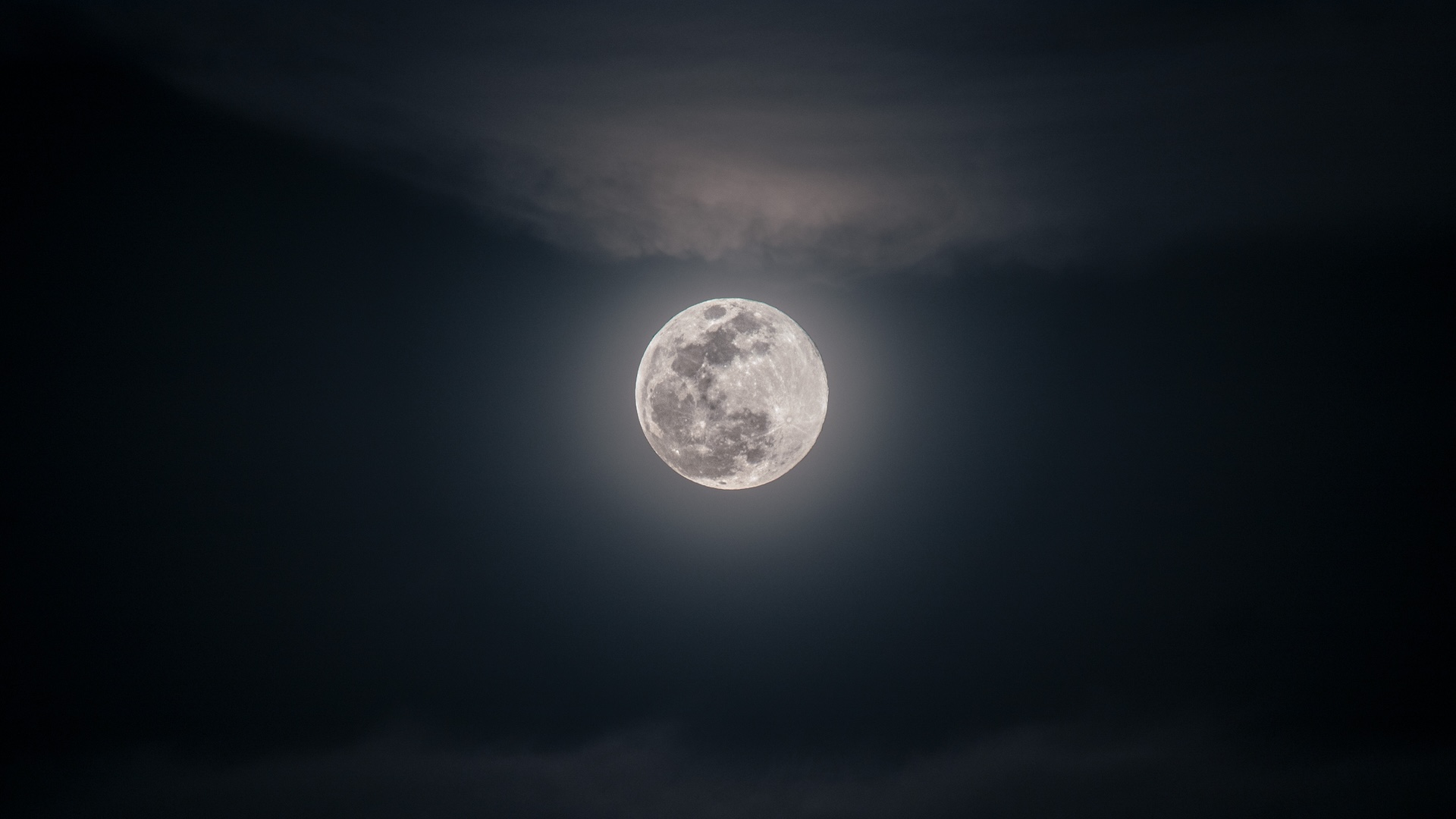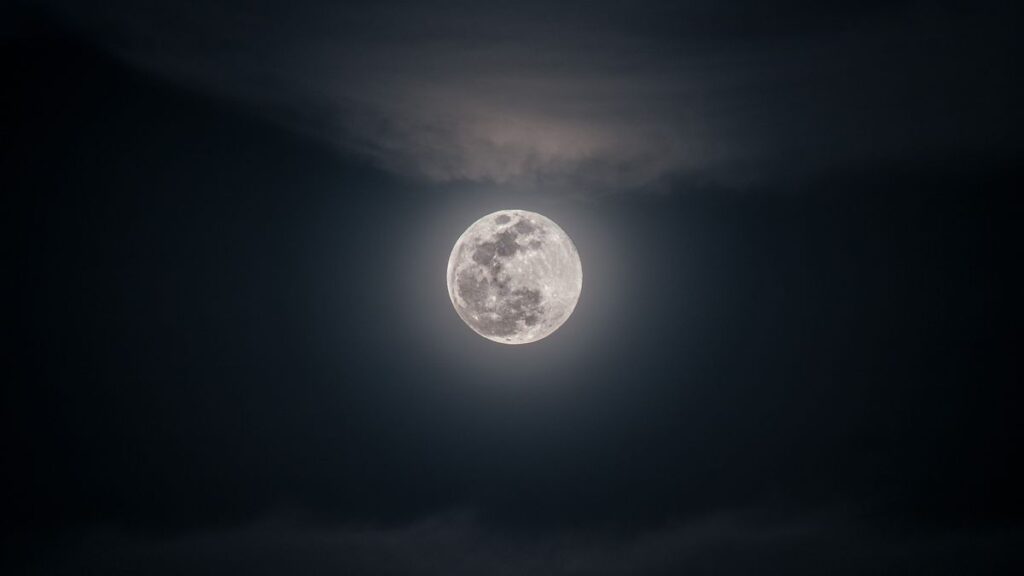
In 2025, you’ll have the chance to see 12 full moons, including three supermoons and two lunar eclipses. Although experienced moon gazers know that the night of the full moon is not the best for observing the lunar surface (even with a good pair of binoculars), the full moon rising as an orb at dusk is a celestial view that’s hard to beat.
Each full moon has a unique name that reflects its agricultural past. Besides the usual collection of full moons in 2025, there will also be three supermoons (when the moon’s monthly perigee, or closest point to Earth, coincides with its full phase) and two total lunar eclipses, the first since 2022.
The moon will be big news in late 2025, with NASA targeting September 2025 to launch its Artemis II mission. The first crewed Artemis mission to the moon since 1972 will send four astronauts on a 10-day mission to orbit and travel beyond the moon. The following mission, Artemis III, will ferry two astronauts to the lunar surface. That’s scheduled for September 2026.
Full moon guide: When’s the next full moon?
Here are all of the full moon dates and times for 2025, according to timeanddate.com, including the most commonly used names in North America:
- Monday, Jan. 13: Wolf Moon (22:26 UTC/5:26 p.m. EST)
- Wednesday, Feb. 12: Snow Moon (13:52 UTC/8:52 a.m. EST)
- Friday, March 14: Worm Moon (6:54 UTC/2:54 a.m. EDT) — also a total lunar eclipse
- Saturday, April 12: Pink Moon (0:22 UTC/8:22 p.m. EDT)
- Monday, May 12: Flower Moon (16:56 UTC/12:56 p.m. EDT)
- Wednesday, June 11: Strawberry Moon (7:45 UTC/3:45 a.m. EDT)
- Thursday, July 10: Buck Moon (20:39 UTC/4:39 p.m. EDT)
- Saturday, Aug. 9 Sturgeon Moon (7:58 UTC/3:58 a.m. EDT)
- Sunday, Sept. 7: Corn Moon (18:12 UTC/2:12 p.m. EDT) — also a total lunar eclipse
- Monday, Oct. 6: Harvest Moon (3:50 UTC/11:50 p.m. EDT) — also a supermoon
- Wednesday, Nov. 5: Beaver Moon (13:21 UTC/8:21 a.m. EST) — also a supermoon
- Thursday, Dec. 4: Cold Moon (23:15 UTC/6:15 p.m. EST) — also a supermoon
Lunar eclipses 2025
The two lunar eclipses in 2025 will be hugely impressive events. The first, on March 13 to 14, will be a total lunar eclipse, during which the full Worm Moon will drift through Earth’s inner umbral shadow and turn a reddish-orange color for 65 minutes from 2:26 to 3:31 a.m. EDT, according to Timeanddate.com. It will be best seen from North and South America.
The second, on Sept. 7 to 8, will be another total lunar eclipse, during which the Harvest Moon will enter Earth’s inner umbral shadow and turn a reddish-orange color for 82 minutes from 1:30 to 2:52 a.m. EDT, according to Timeanddate.com. It will be best seen from Asia and Australia.
What are the moon’s phases?
Scientists typically break the moon’s 29.5-day cycle into 8 phases, determined by the relative positions of the moon, Earth and sun.
The “new moon” begins the cycle when the moon is exactly between Earth and the sun. We cannot see the moon when it’s new; no sunlight is reflected from its Earth-facing side. A new moon is the only time when a solar eclipse is possible. Two partial solar eclipses will occur in 2025: on March 29 and Sept. 21.
As more sunlight hits the moon’s Earth-facing side, we say the moon is waxing. The next phase of the moon is called a waxing crescent, followed by the “first quarter” phase. Half of the moon’s visible surface appears illuminated during the first quarter.
Next comes the waxing gibbous moon, which is partway between a first quarter and a full moon. Halfway through the lunar cycle, the full moon rises and the moon shines bright and large in the sky. During this phase, the moon and sun are on opposite sides of Earth, and the moon’s entire Earth-facing side is illuminated.
After the full moon, the waning cycle begins — first with the waning gibbous phase, then a “last quarter moon” and finally a waning crescent. After almost 30 days, the moon becomes “new” again, and the cycle repeats.
Originally published on Live Science.
